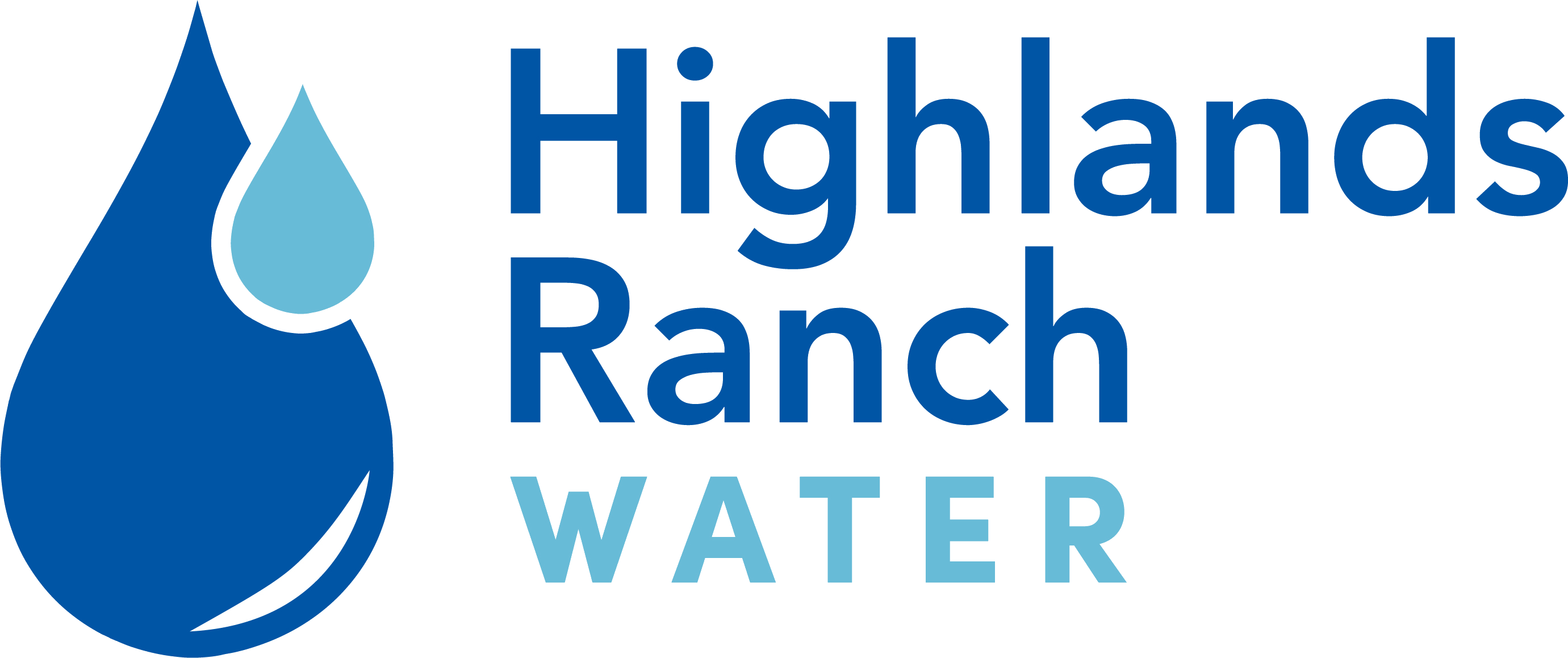Billing & Payment FAQs
Have questions or want to learn more about our billing and payment process, including rates, water budgets, or how to pay your bill, click through the pages below. If you don't find what you need, contact us via email at contactus@hrwater.org or call 303-791-0430.
